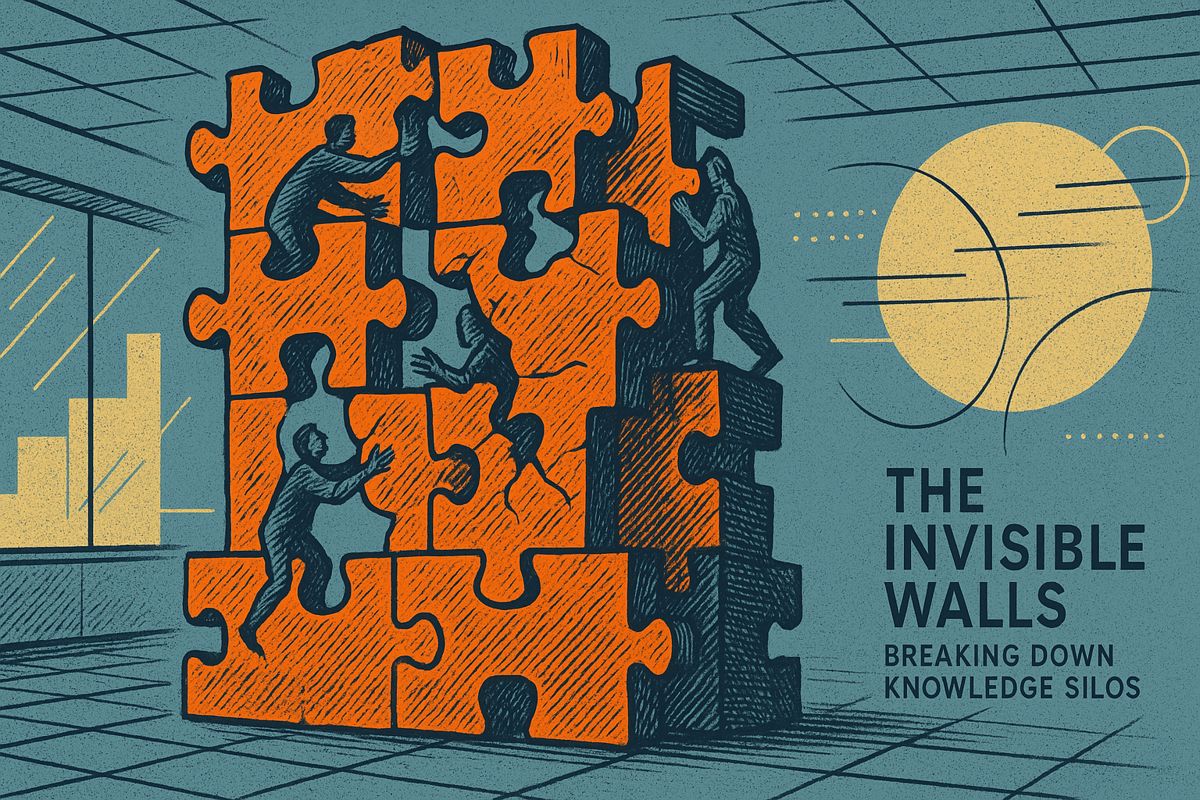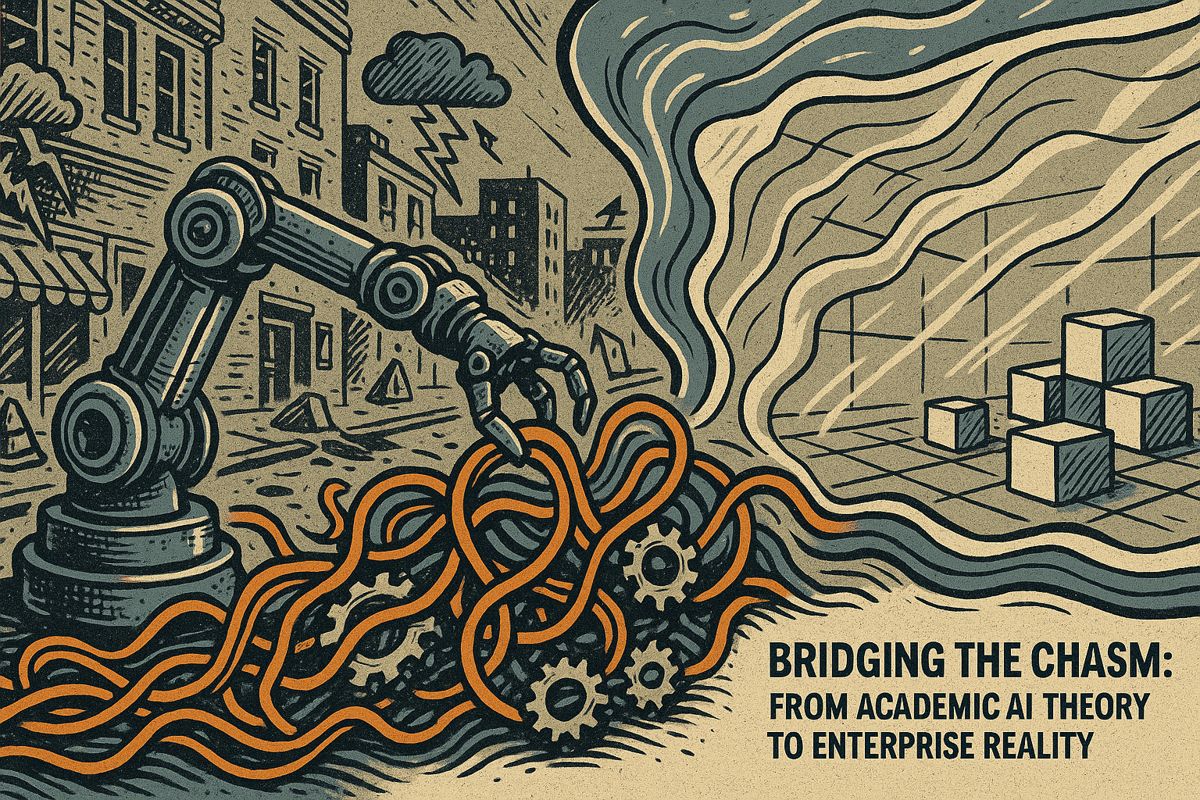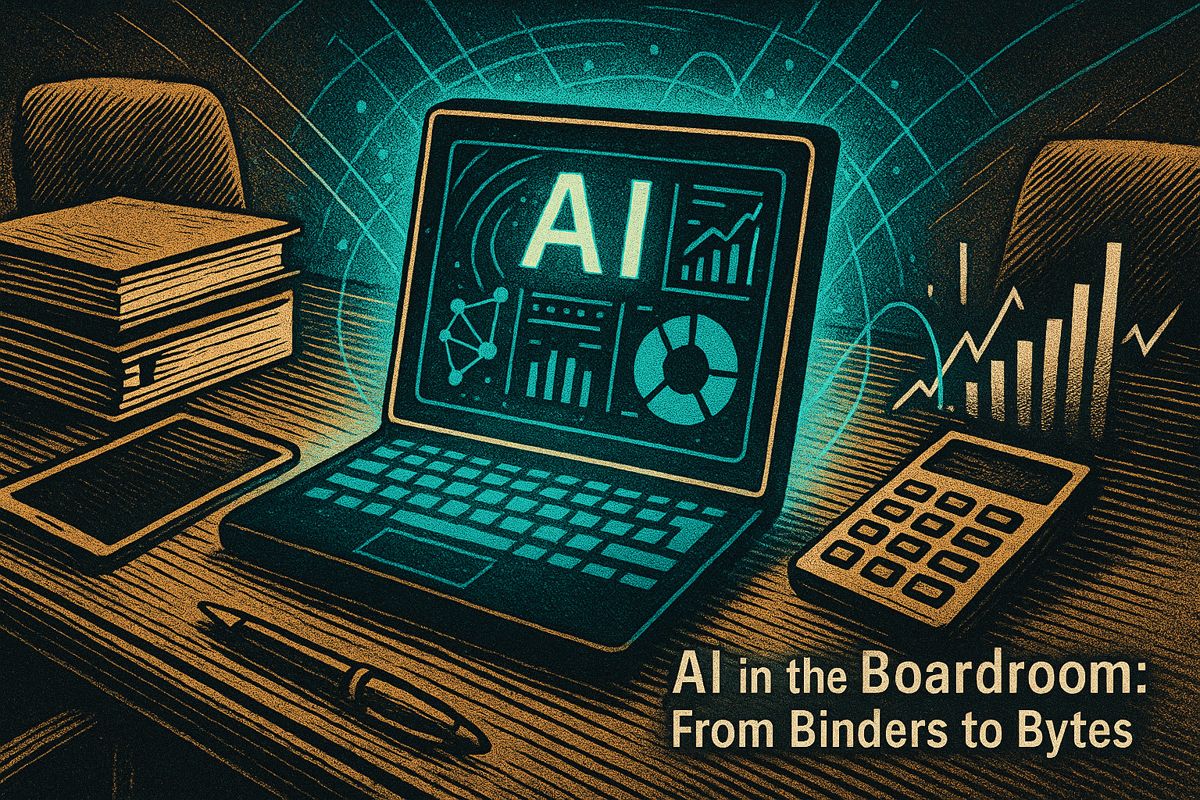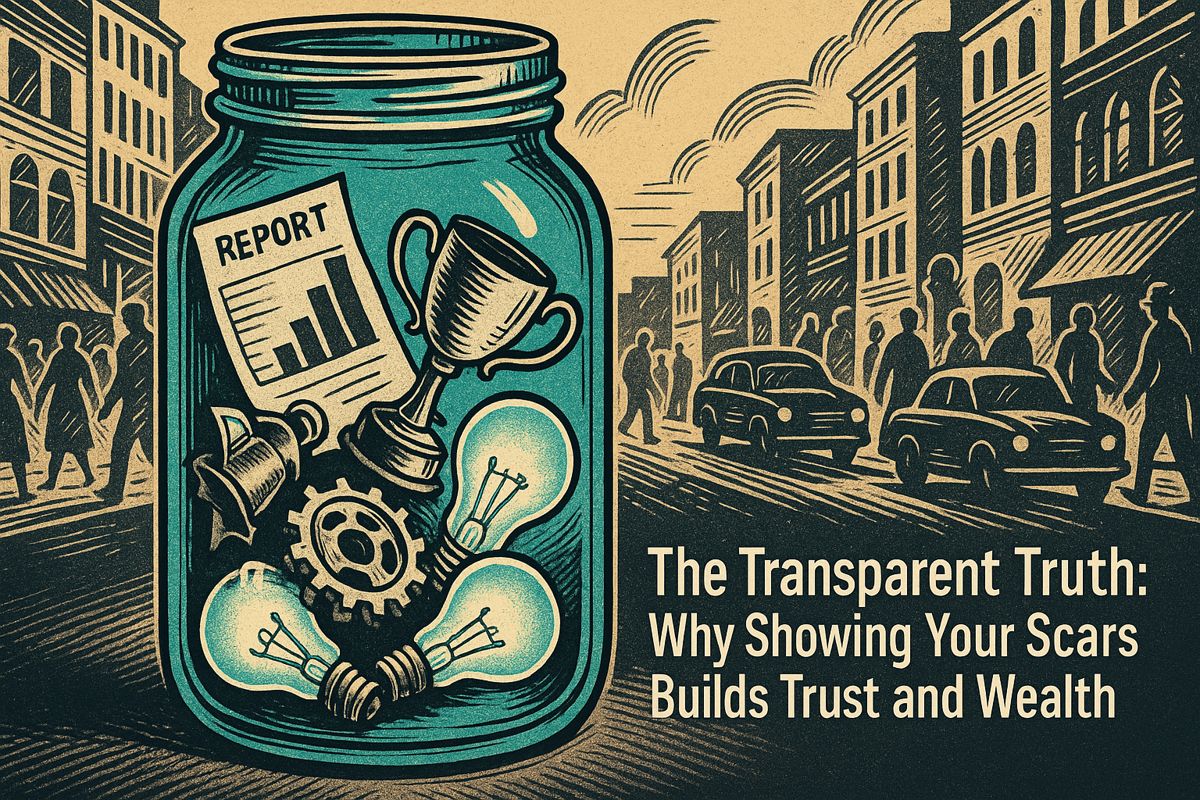Many employees hoard their knowledge, like holding onto a warm cup of tea on a cold day, because they fear losing their job or don’t trust others. This hidden resistance acts like an invisible wall, making it hard for teams to work together and for new ideas to spread. When people cling to their information, it creates a messy web of communication, much like a tangled ball of yarn, causing companies to miss big opportunities. To fix this, leaders must build trust and show why sharing is valuable, making it as easy and natural as sharing a slice of pizza. Only by tearing down these unseen barriers can organizations truly thrive and connect.
Why do employees resist knowledge sharing within organizations?
Employees often resist knowledge sharing due to cultural resistance, fear of redundancy or misuse of information, and a lack of trust. Many hoard knowledge to protect themselves, leading to fragmented communication and hindering organizational change efforts. Addressing these invisible barriers is crucial for fostering a collaborative environment.
The Invisible Walls in the Office
Sometimes, a single statistic can hit me like the sharp scent of burnt toast – sudden, jarring, and impossible to ignore. I remember scrolling through a Harvard Business Review paper (you know, the kind that reads as dense as a foggy morning in San Francisco) and thinking back to a product manager, Alex, whose Friday knowledge-sharing sessions fizzled out faster than cheap fireworks. Only a couple of souls would turn up, eyes glued to their phones. The rest? Well, they clung to their know-how as if it were a warm cup of tea in January. Why do we do this? Is it fear, pride, or just plain inertia? Sometimes I wonder.
When a shiny new documentation system arrived – with all the fanfare of a Salesforce product launch – the resistance was palpable. The room felt colder. I saw people clutching their mental notes, afraid that writing things down might make them redundant. The sentiment lingered, subtle as the hum of a distant server rack, but there all the same.
Cultural resistance is more than a phrase; it’s the invisible elephant that refuses to leave the boardroom. I’ve watched teams tiptoe around it, worrying that sharing too much knowledge marks you as a show-off (or worse, a target for layoffs). Odd, isn’t it?
The Anatomy of Resistance: Facts and Fears
According to Vorecol, a whopping 70% of change efforts at companies are foiled by employee resistance. That’s not a rounding error. It’s a chasm. Most folks, it seems, hoard knowledge to protect themselves – an act as instinctive as saving the last slice of pizza at a late-night hackathon. This hoarding is so common that 70% admit they’ve done it. That stat stings, doesn’t it?
Google, on the other hand, set a real precedent for cultural change. They didn’t just talk about sharing; they lived it, from cross-functional workshops to those famous brown-bag storytelling sessions. The U.S. Army, no stranger to change fatigue, managed to turn around decision-making by integrating knowledge streams; Walden University even chronicled the transformation. I’ve been guilty of underestimating the power of a simple reward system – until I saw a pizza party spark more engagement than a dozen email blasts. I felt sheepish about it at first, but learned quickly: incentives count.
Fragmented communication is another saboteur. Disprz notes that 40% of employees point to trust issues and fear of misuse as reasons for clamming up. Documentation sprawls across Confluence, Notion, and Slack, forming a labyrinth worthy of Kafka. Missed opportunities pile up, like unread Jira tickets. The frustration is real; you can almost taste it – metallic, like biting your tongue when you should have spoken up.
Solutions and Stumbles: What Actually Works
Time is the perennial scapegoat. It’s easy to say, “I’m busy,” but I’ve found that when knowledge sharing shows up in performance reviews, or when it’s made visible on platforms like LinkedIn Learning, suddenly there’s time. (Or maybe people just stop pretending to be busy?)
For anyone craving actionable frameworks, APQC’s guide is a trove of case studies. Disprz offers practical tips, while WaldenU profiles the Army’s transformation—dry reading, perhaps, but rich in lessons. I used to overlook dry sources, thinking they’d be a slog, but now I see their hidden gems. You live, you learn…
The Human Side: Breaking Through, One Step at a Time
Change fatigue is real. Too many initiatives land with a thud, not a splash. I’ve felt exasperation simmer beneath the surface when a new process is announced – again – without any explanation of value. But I’ve also felt a flicker of hope when a leader finally listens, acknowledges the barriers, and commits to dismantling them brick by brick.
Let’s be honest: invisible barriers are everywhere. Fear, habit, and a tangle of neglected systems. But every so often, someone chips away at the wall – with humor, with kindness, or with a pepperoni pizza. Sometimes, it’s the little things that turn the tide.



















